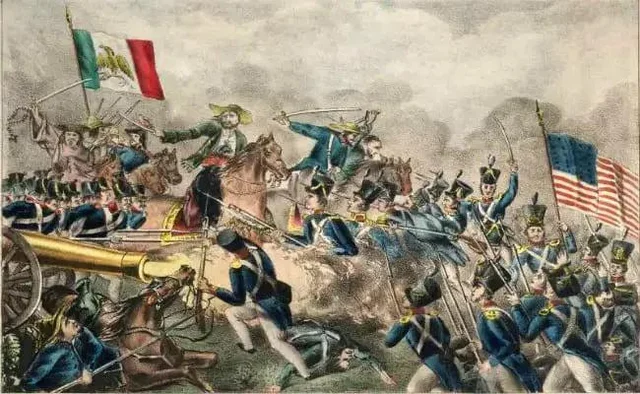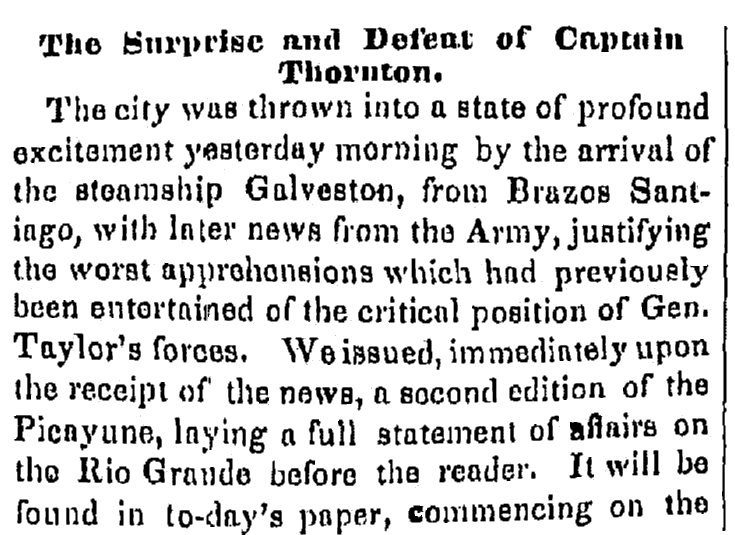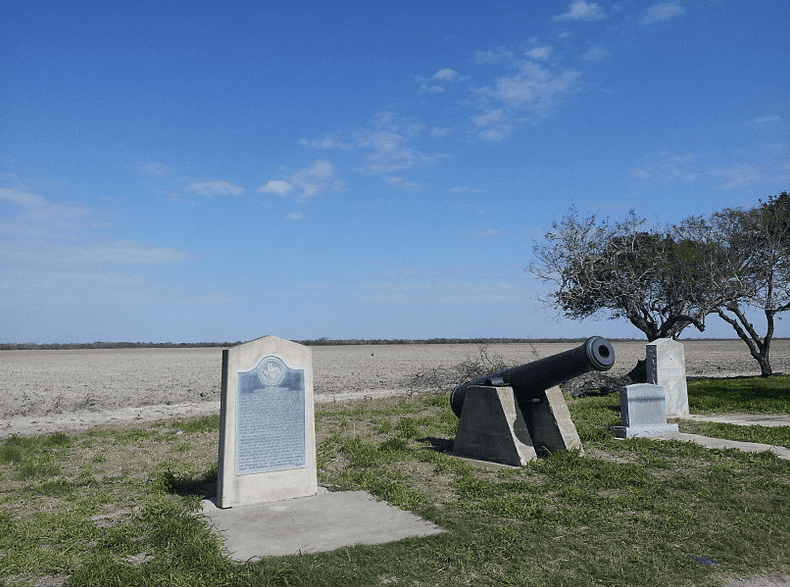Roots of the Mexican-American War: The Thornton Affair of 1846


Like to hear a story? Here it goes. So back in the mid-1800s, the US had just annexed the Republic of Texas, and boy oh boy, did that cause some problems. Mexico and the US both claimed a chunk of land between the Rio Grande River and the Nueces River, and they just couldn’t seem to agree on where the border actually was.
Things really came to a head in April of 1846 when Mexican President Mariano Paredes declared that he would uphold the integrity of Mexican territory to the Sabine River. US President James K. Polk didn’t take too kindly to that, and he ordered General Taylor’s Army of Occupation to the Rio Grande to show Mexico who was boss.
That’s when things got really spicy. Mexican General Mariano Arista took command of the Division of the North, and he wasn’t too thrilled with the US troops hanging out on the Rio Grande. He promptly ordered General Anastasio Torrejón to cross the river and check out what was going on.

Times-Picayune (New Orleans, Louisiana), 3 May 1846, page 2
Taylor received reports of Mexicans crossing the river, so he sent Captain Seth B. Thornton and his Dragoon companies to investigate. Well, let’s just say things didn’t go so well for Thornton and his boys. They rode right into an ambush, and before they knew it, they were overwhelmed by Torrejón’s much larger force.
Fourteen of Thornton’s men were killed, six were wounded, and the rest were taken prisoner. Things were not looking good for the US-Mexico relationship at this point. President Polk declared that Mexico had crossed the boundary of the United States and shed American blood upon American soil, and he asked for a Declaration of war before Congress.
Congress declared war on Mexico, despite opposition from some members who felt like the Thornton Affair had been an act of aggression on the part of the US. The war raged on for two years and cost the lives of many thousands of people. In the end, the Treaty of Guadalupe Hidalgo established the Rio Grande as the border between the US and Mexico and recognized Texas as a part of the United States.

Photo: Rancho de Carricitos, the site of the Thornton skirmish. Credit: Pi3.124; Wikimedia Commons.
So there you have it, folks! The Thornton Affair may not be as famous as the Alamo, but it’s an important part of Texas history that you should definitely know about.





